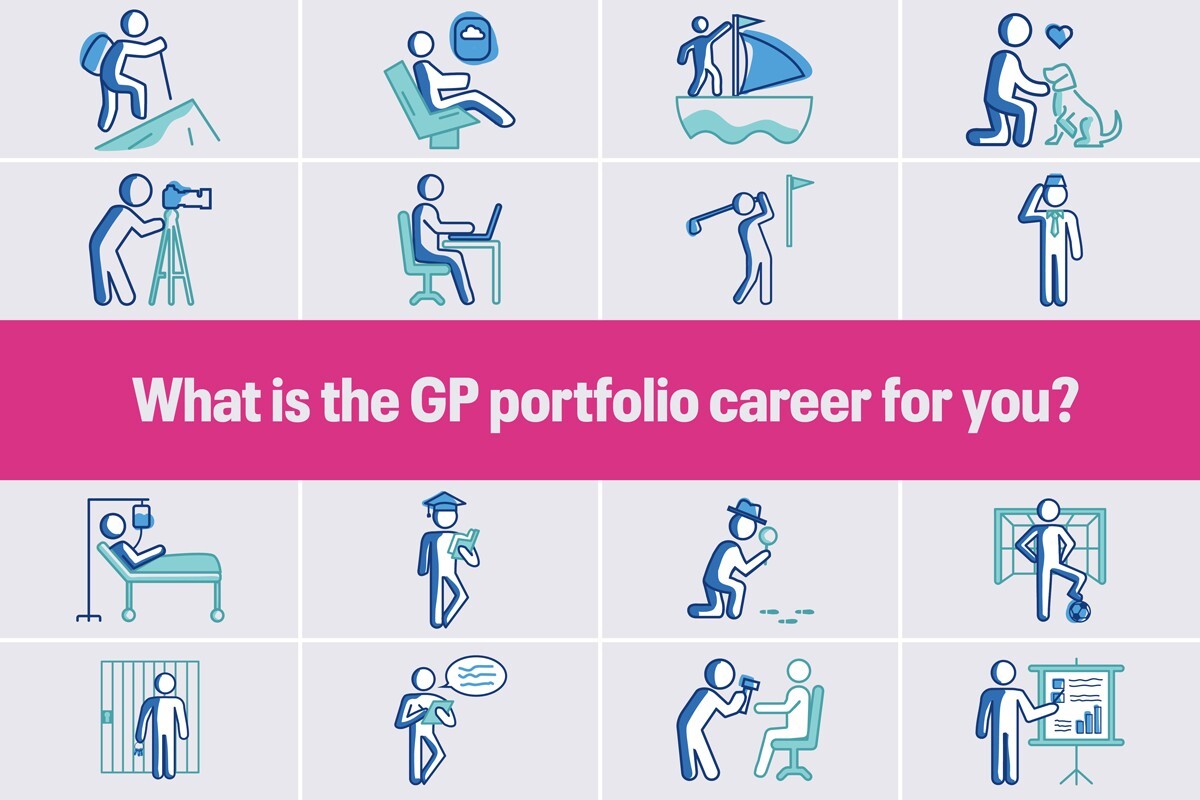National Prescribing Centre calls for minimum HbA1c target
By Lilian Anekwe
An NHS prescribing advisory body has called for a change in diabetes guidance to include a minimum HbA1c target level, reflecting the weight of trial data suggesting lowering blood sugar below a certain level may harm patients.
The National Prescribing Centre suggests the change may have to be considered in light of mounting evidence that driving levels down to below the 7.5% recommended in the QOF increases the risk of cardiovascular events.
The latest MeReC Extra includes an analysis of the UK primary care trial published in The Lancet in February, and follows an editorial in the BMJ which also questioned the clinical value of an HbA1c value of less than 7.0%.
The Lancet paper, a retrospective study using data from the UK General Practice Research Database, identified that a median HbA1c level of about 7.5% was associated with the lowest risk of all-cause mortality and macrovascular disease events.
But it also showed there was a U-shaped association between increased all-cause mortality above and below an HbA1c of 7.5%. Changes above or below an HbA1c of 7.5% was associated with a greater risk, regardless of whether treatment was intensified with oral hypoglycaemic agents or insulin injections.
Compared with the reference group who had a median HbA1c of 7.5%, all-cause mortality in the 6.4% HbA1c decile was 52% higher and 79% higher in the 10.6% HbA1c decile.
The May MeRec Extra suggested GPs ‘may wish to consider the implication of the study in their discussion with patients about risks and benefits of intensifying drug treatment and setting of individual HbA1c targets.'
It concluded: ‘If this ‘U-shaped' relationship between HbA1c levels and mortality in patients with type 2 diabetes receiving combination blood glucose lowering treatment is confirmed, this would add weight to the view that diabetes guidelines might need revision to include a minimum HbA1c value.'
The NPC review said that this evidence, in addition to similar findings from the ACCORD, ADVANCE and Veterans Affairs diabetes trials, which also failed to find a consistent significant benefit of intensive glycaemic control on cardiovascular outcomes and mortality, ‘added weight' to the possibility of a minimum HbA1c target.
Dr Neal Maskrey, medical director of the National Prescribing Centre, told Pulse: ‘It may be counter-intuitive, at least to some, to think that it's possible to be over-intensive in controlling HbA1c in Type 2 diabetes.'
‘But the evidence continues to accumulate, not least from randomised controlled trials, that we may need to reconsider established thinking.'
How concerns over low HbA1c levels developedJune 2008: ACCORD trial finds no evidence of lower risk of non-fatal MI, stroke, or CVD death in patients with average HbA1c of 6.4% compared with 7.5%.
ADVANCE finds small reduction in total events with average HbA1c of 6.4% compared with 7.3%, accounted for by 21% reduction in nephropathy but no effect on major cardiovascular events
January 2009: VADT trial finds no differences in outcomes between patients with average HBA1c of 8.4% and those intensively treated to 6.9%.
Mar 2009: BMJ editorial calls for new QOF HbA1c target of 7% should be withdrawn and set at 7.5%
April 2009: Lowest QOF HbA1c target reduced to 7 per cent.
February 2010: UK study find both low and high HbA1c values associated with increased all-cause mortality and cardiac events
Visit Pulse Reference for details on 140 symptoms, including easily searchable symptoms and categories, offering you a free platform to check symptoms and receive potential diagnoses during consultations.



 Oviva’s fully remote Tier 3 Weight Management programme
Oviva’s fully remote Tier 3 Weight Management programme








